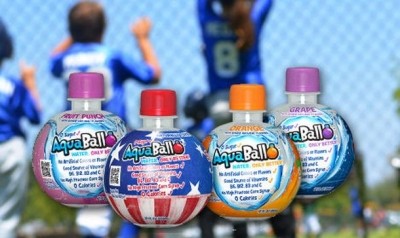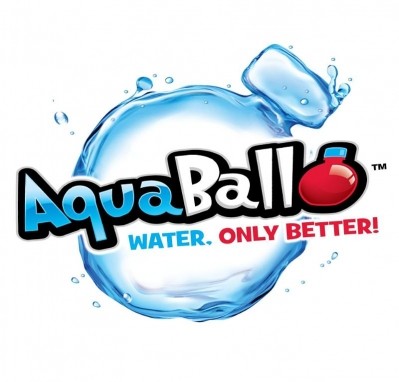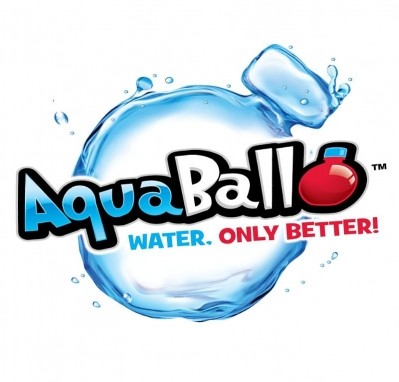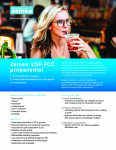Food for kids!
True Drinks strikes budget-friendly balance between marketing AquaBall to kids and parents
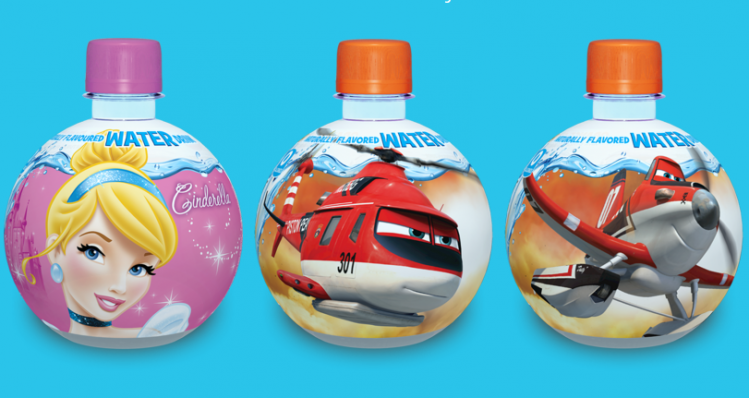
True Drinks, the maker of AquaBall flavored water, deftly maneuvers this challenge with a cost-effective “two pillar approach” that engages children with fun packaging featuring Disney characters and taps an “army of bloggers” to educate parents about the brand’s health benefits, said CEO Lance Leonard.
“Trying to market a children’s beverage at first was a little daunting because we were afraid we’d have to spend an equal budget on the parents and the children,” which would either double the cost or jeopardize efficacy by essentially halving the budget for each, he said.
“But then we realized that simply creating fun packaging really takes care of attracting children and making them an endorser of the product,” Leonard said.
That left the bulk of the budget to spend on marketing to parents, who “actually buy the product,” he added.
Targeting children with familiar faces
Rather than create from scratch a mascot for AquaBall, which would require significant resources to develop a story line and familiarize children with the character, True Drinks strategically partnered with Disney to license characters which children already knew and loved.
The firm further leveraged the partnership by rolling out limited edition bottles that inspired children to collect all the packages – driving repeat purchases, he said.
The beverage’s unique ball shape also is a fun draw for children, who associate it with toys and something just for them, he said.
Stretching marketing dollars online
True Drinks invested the remaining bulk of the budget on educating parents with cost effective online strategies, including outreach through influential bloggers and engaging YouTube videos.
“As a smaller company, we knew we couldn’t buy the same television, print and radio ads as our competitors which have $1 billion brands,” Leonard said. “So, we focused on nontraditional, but still extremely influential, digital marketing.”
He further explained the firm focused online because “consumers today are more educated than any time in history. So, when you take a children’s product to market, you can’t just sit on the shelf and look good to be put in the basket. Now consumers look at the label, read the ingredients and go online to find out from influencers what their thoughts are about the products.”
Given this premise, True Drinks focused early on “engaging a huge army of bloggers” who could evangelize the brand’s better-for-you positioning as a zero-calorie, sugar-free beverage that tastes like fruit, Leonard said.
Not only did the company sample the products with bloggers, but it provided them with ready to use content that they could easily drop on their websites to engage readers. This included dozens of 15 to 30 second YouTube videos that bloggers can easily embed on their websites for a dynamic change from text.
“YouTube is incredibly cost effective and a great tool for engagement,” because consumers can provide feedback and easily redirect to the firm’s main website for additional information or to learn where to buy the waters, Leonard said.
To maximize the firm’s chances of creating viral content, True Drinks created spots that were fun but which delivered serious messages about how much sugar children consume on average. In one series, children pull a cord and sugar or candy equal to how much sugar the average child eats in a year falls on their heads to their surprised delight. Likely viewers also are surprised, and horrified, as the sugar and sweets continue to fall well past what most people would consider the average consumed amount.
The spots also were made to high quality standards so that they could run on television if the firm decides to go that route in the future, Leonard said.
But for now, he said, the firm is pleased to reinvest profits in product development and rely on the positive results of its current marketing approach.

